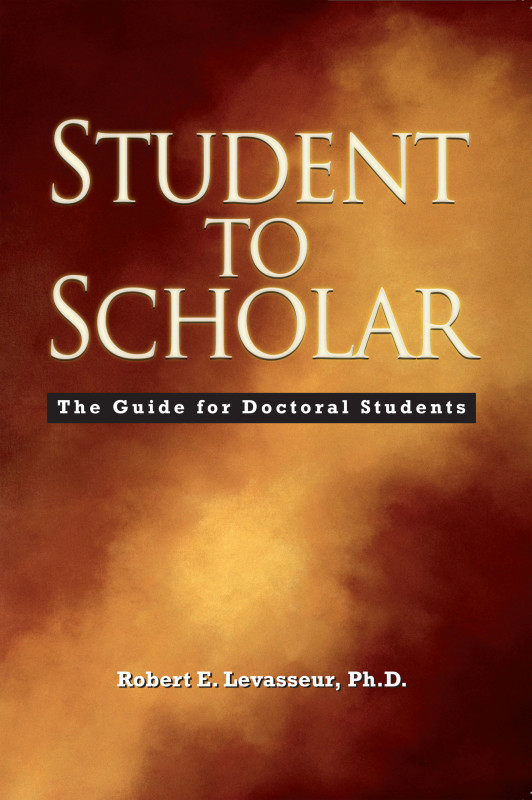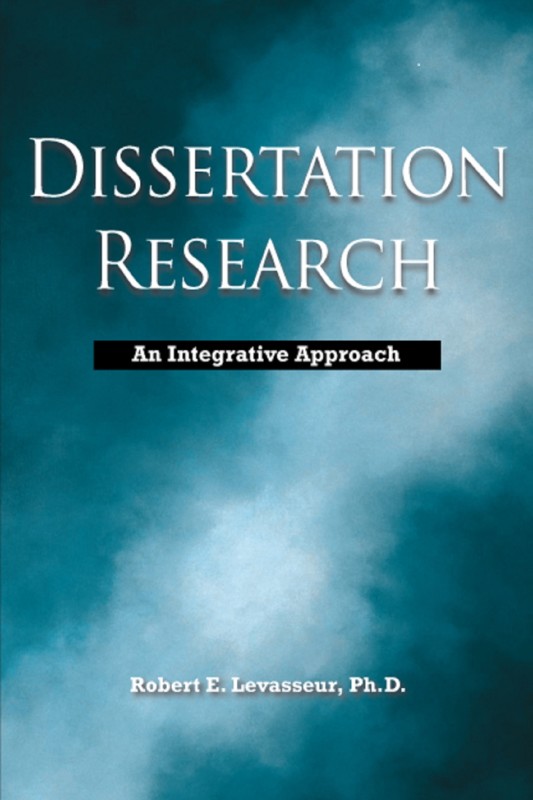Dissertation Research: A Systemic View
There are 10 interrelated steps in the dissertation research process:
1. Problem: Define the broad problem and its significance.
2. Grounding Study: Ground the study in the existing literature.
3. Purpose: Specify the research focus.
4. Research Questions: Describe the research questions (and hypotheses if conducting quantitative research).
5. Research Method: Select the general approach.
6. Research Design: Describe the essential design elements of the study.
7. Proposal: Create the detailed research plan.
8. Research: Conduct the study.
9. Dissertation: Present the findings.
10. Publication: Publish the findings.
The first seven steps in the dissertation research process are planning steps. The first six taken together constitute the integrated research plan (IRP). The seventh or proposal step results in a detailed research plan based on the IRP. The eighth is an action step involving the implementation of the research design. The final two are the reporting steps, in which a doctoral student communicates in a dissertation, and later possibly in one or more academic publications, the research and its findings in a form suitable to the intended audience.
For the dissertation, this typically takes the form of a five-chapter scholarly report addressed to other scholars, such as the dissertation committee and university appointed reviewers. In some cases, it also includes the preparation of one or more articles suitable for publication in refereed journals.
[
Note: The dissertation research process described above is the same one that academic researchers follow when conducting and reporting the findings of their research to other scholars, except that it includes the additional steps (#7 and #9 in Table 1) of writing and defending a proposal and dissertation.]
When viewed from a systemic perspective, the dissertation research process is:
- Sequential
- Iterative
- Coherent
The dissertation research process is sequential in the sense that each step depends upon (i.e., aligns with) the preceding steps. That is, the search for the grounding literature focuses on the broad problem area specified in the problem statement. The purpose statement derives from the findings of the literature search. The research questions derive from the purpose of the study. The research method follows directly from the research questions. The research design actualizes the research method. The proposal ties all of the preceding steps into a detailed research plan. The research study implements the research plan. And, finally, the dissertation and publication present the findings of the research study to other scholars inside and outside of the university.
The dissertation research process is also iterative (i.e., trial and error) in the sense that circumstances uncovered when working on a given process step may necessitate the revision of one or more preceding steps, which in turn may necessitate the revision of subsequent steps.
For example, a careful literature search might lead to the conclusion that other scholars had studied a problem extensively and that, therefore, the answers to that problem exist in the literature, necessitating a shift to another dissertation topic. Or, the discovery of a problem in the design phase, such as the unavailability of existing quantitative data for one or more essential variables in the study, might necessitate a switch to a new research method (e.g., from existing data analysis to survey research).
A more complicated hypothetical example might involve the discovery in the pilot phase of a survey design process that a qualitative, interview-based approach would yield more valid data than the initially planned quantitative survey. This would almost certainly necessitate changes to the research questions, which in turn would require changes in the research method and the research design.
Finally, the dissertation research process is coherent in the sense that when applied properly it results in a good “fit” among all of the elements of the process—the problem statement, grounding literature, purpose statement, research questions (and hypotheses), research method, research design, proposal, research, dissertation, and publication.
To learn more about the secrets to doctoral study success, read Student to Scholar and Dissertation Research.


